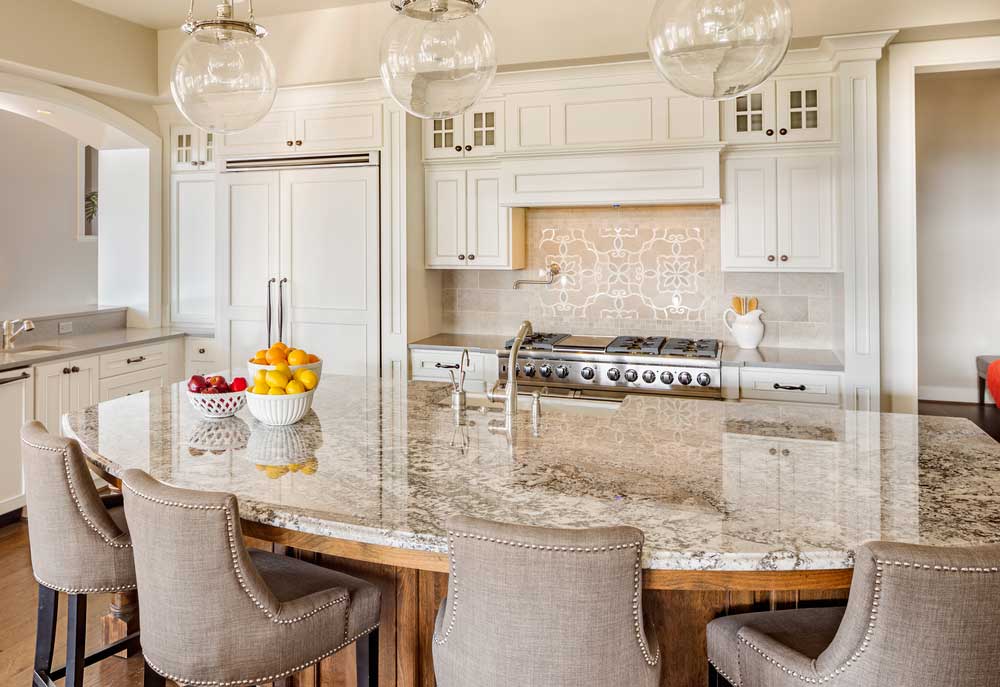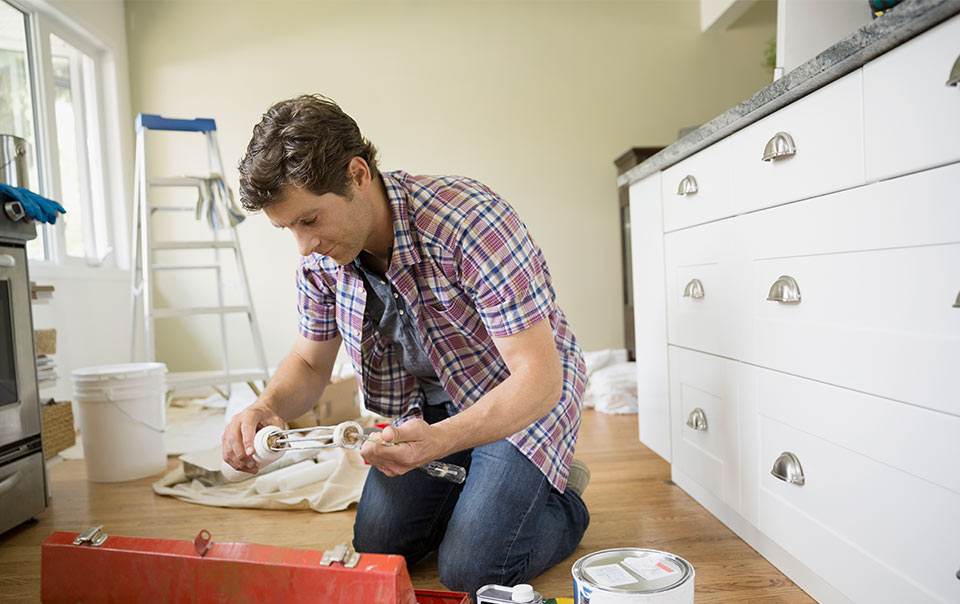
Home improvement looms large on the minds of most Canadians, and the pandemic has done nothing to stop this trend. In fact, the year 2021 sees 75 percent of Canadians planning a home improvement project in the next year.
If you count yourself among them, then you’ll want to know your options. Here are the top seven worth considering.
Table of Contents
Check for Rebates and Money Back Programs
One of the great things about HVAC financing is that you might be able to get some money back from your purchase care of rebates or grants. Canada and many other governments encourage this through rebate or money-back programs that reward homeowners who strive to reduce their environmental impact.
Refinance
Refinancing is another option to consider for home upgrades. When you refinance, you can refinance the original amount of your home through a new term (usually 15 or 30 years) or only refinance what you owe at the time.
Either way, the idea is that you get a better interest rate that will save you money in the long run. Refinancing the original loan amount will also give you access to some cash that you can use on upgrades that increase home value.
Get a HELOC or Home Equity Loan
Another way to do some easy home upgrades is to tap into the existing equity of your home. Do this through either a home equity line of credit (HELOC) or a home equity loan.
HELOCs are sort of like credit cards at a much lower interest rate. You only use what you need to a certain limit. Home equity loans use your acquired equity as the basis for a traditional loan.
Use a Personal Credit Line
A personal credit line gets you cash, no questions asked. It can be good for making purchases that you intend to pay off at the end of the month. Beyond that, interest starts to acquire and usually at much higher rates (15 percent or more).
Traditional Loans
Traditional bank loans typically yield better interest rates, but they place heavier emphasis on credit score, other debts, and collateral, than do HELOCs, home equity loans, personal credit lines, and home refinancing. These could be worth exploring if you have a high credit score and very little debt.
Use Savings

Before considering a personal loan for home improvement, consider what you have in savings. Depending on the home improvement, it might be possible to pay for it outright with your emergency fund.
Before agreeing to that, consider how quickly you’ll be able to replenish it. Don’t overextend where you’ll have to start borrowing to pay for basic living expenses.
Look Into Home Improvement Loans
Home improvement loans are issued with the specific purpose of improving the value of your home. Once you learn how to get a home improvement loan, it’s not that difficult.
Banks see it as a win-win because you’re ultimately increasing the value of their asset. (Theirs until you pay the home off anyway.)
These Flexible Options Will Help You Manage Any Improvement
We hope you’ll consider all of these options as you decide on the best home improvement path for your family. Some may be more feasible for where you are now, while some are worth positioning yourself for even if you have to wait for a bit.
Best of luck as you make your decision. For more financial information and insights, check out some of our additional posts!
